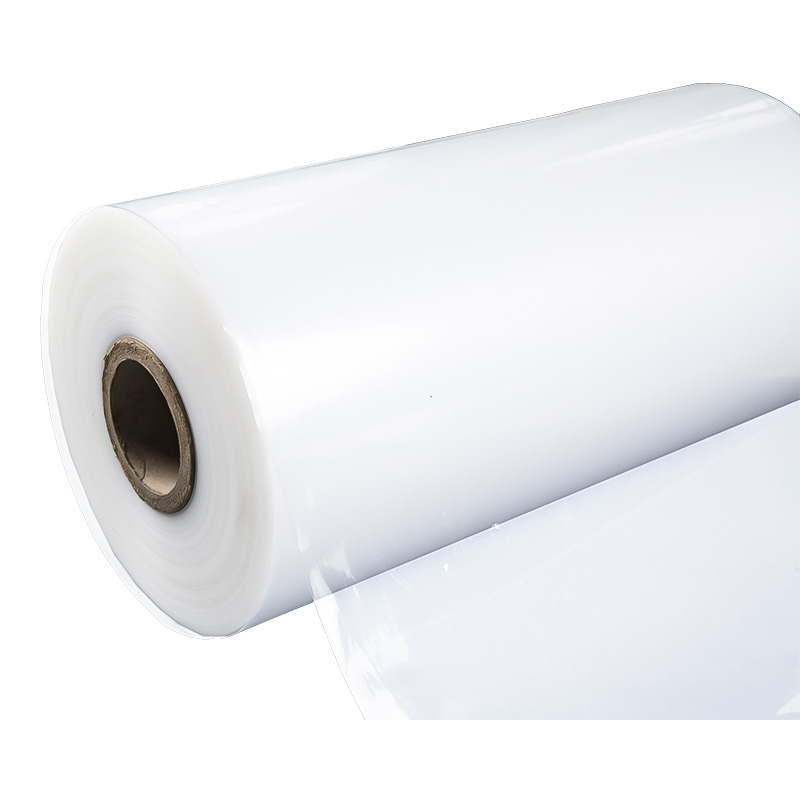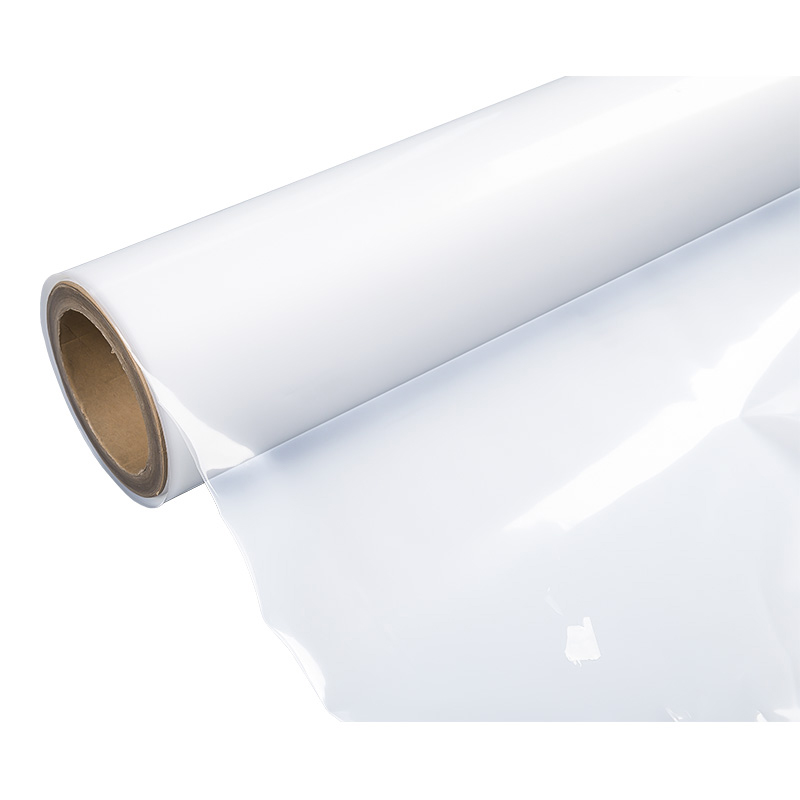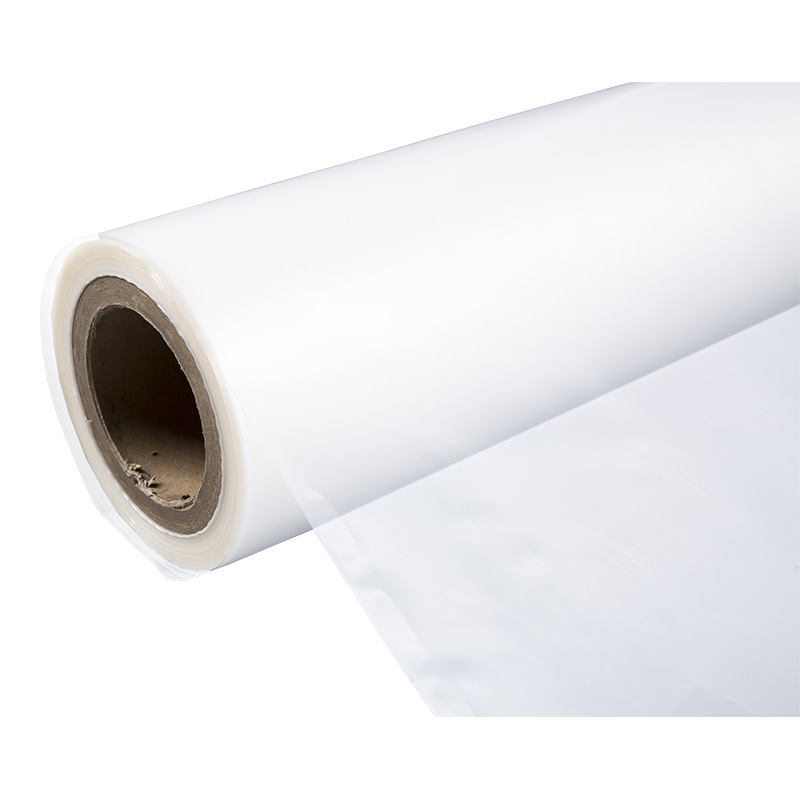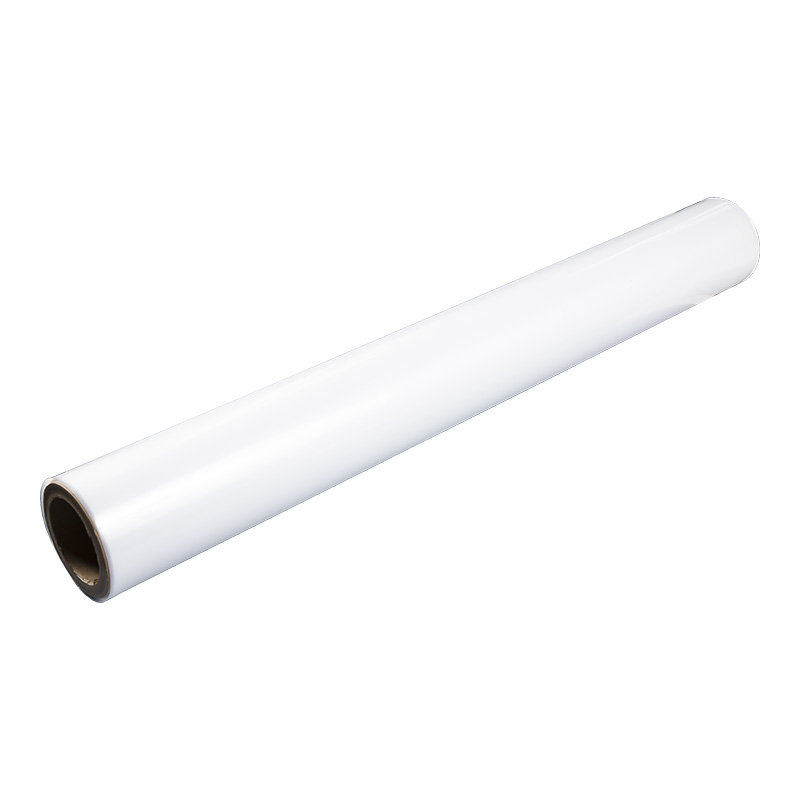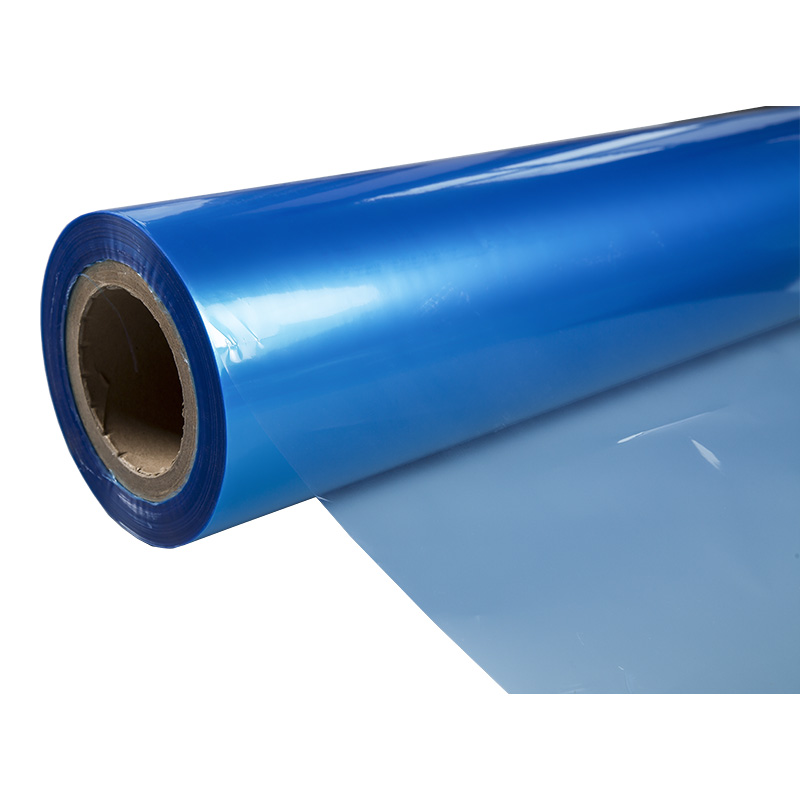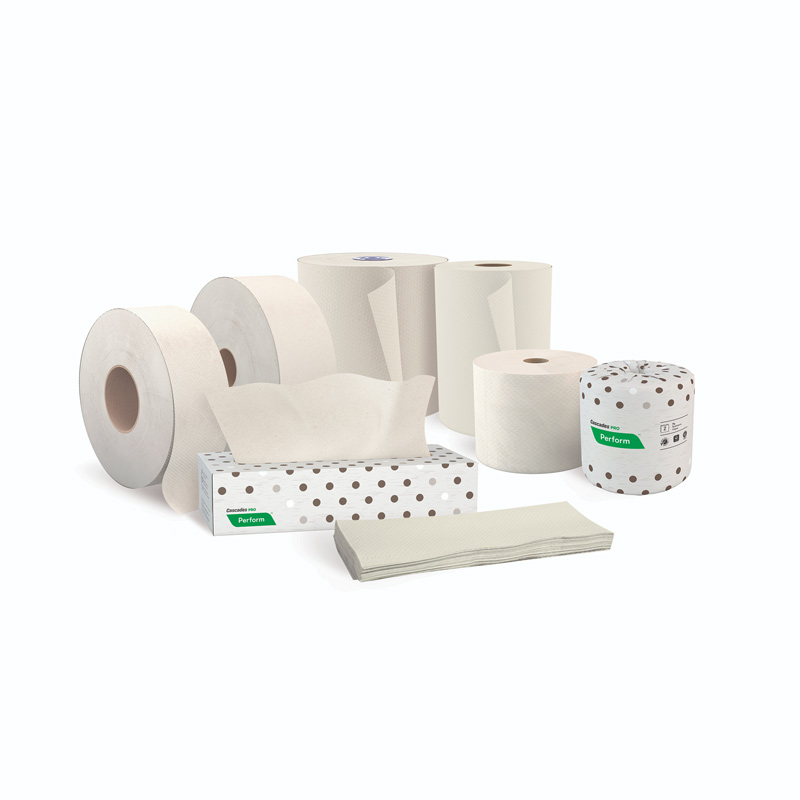1. Introduction: Transformation and green demand of composite packaging industry
1.1 Global environmental protection demand and transformation of packaging industry
As global environmental problems become increasingly serious, environmental protection has become a responsibility that cannot be ignored by all walks of life, especially the packaging industry. According to data from the United Nations Environment Program (UNEP), packaging waste accounts for nearly 40% of the total global garbage. In this context, consumers' environmental awareness is rising, which drives companies to pay more attention to sustainability and environmental protection when choosing packaging materials. This transformation is not only a response to market demand, but also a manifestation of corporate social responsibility.
Especially in the food, cosmetics, medicine, daily chemical and other industries, packaging not only bears the basic function of protecting products, but also needs to meet the requirements of green environmental protection. The packaging strategy of enterprises has gradually shifted from pure functionality to ecological and green, which not only meets the basic protection needs of products, but also takes into account ecological balance and resource conservation.
At the same time, with the increasingly stringent international environmental protection policies, governments have introduced more stringent environmental protection regulations, pushing companies to adopt recyclable, degradable and low-carbon emission packaging materials. This series of measures has prompted the packaging industry to develop in a greener and more environmentally friendly direction.
1.2 The rise and development of composite packaging
Composite packaging materials have gradually become the preferred material for packaging in various industries due to their excellent performance. Composite packaging combines different materials and has multiple functions, such as barrier properties, moisture resistance, oxidation resistance, and UV resistance, which can effectively extend the shelf life of products and improve product stability and safety. For food packaging, composite packaging can effectively prevent external factors such as oxygen, moisture, and sunlight from damaging food, thereby maintaining the nutritional content and taste of food and extending its shelf life.
As a common composite packaging material, PE film has become one of the core materials in composite packaging due to its advantages such as low cost, high transparency, and high barrier properties. In particular, PE film has good processability and can be composited with other materials (such as aluminum foil, paper, plastic, etc.) to meet different packaging needs. The wide application of composite packaging not only improves the market competitiveness of products, but also provides strong support for the development of environmentally friendly packaging materials.
2. The core advantages of PE film in composite packaging
2.1 High barrier property: effectively protect product quality
As an important component of composite packaging, PE film occupies an important position in the packaging industry due to its high barrier property. High barrier property means that PE film can effectively prevent harmful substances such as air, moisture, and ultraviolet rays from entering the packaging, thereby ensuring the quality and freshness of the contents. For example, in food packaging, PE film can effectively block the penetration of moisture and prevent moisture from causing food deterioration and mold. Especially for frozen food, cooked food and other products, the barrier property of PE film plays a vital role.
In addition, the high barrier property of PE film can also effectively isolate oxygen, which is crucial for the oxidizing substances (such as oils, chemical components, etc.) of the package. In the packaging of pharmaceutical products, PE film can effectively prevent oxygen from damaging the ingredients of the medicine and extend the shelf life of the medicine.
2.2 Customizability: Meeting Diverse Needs
PE film has excellent customizability and can meet various packaging needs through different processing methods (such as coating, lamination, printing, etc.). According to different product requirements, PE film can be customized with thickness, anti-ultraviolet layer, anti-corrosion layer, etc. to ensure that the packaging can provide the best protection.
For example, in the packaging of flammable and explosive products, PE film can avoid safety hazards caused by static electricity accumulation by adding an antistatic layer; for food that needs to be stored for a long time, PE film can add stronger moisture resistance and antioxidant properties as needed. These customization options of PE film enable it to meet the packaging needs of various industries and different products.
2.3 Transparency and aesthetics: enhance the visual appeal of products
Packaging materials need to be not only functional, but also aesthetically pleasing, especially in consumer purchasing decisions, packaging is often one of the important factors for consumers to make purchasing decisions. PE film has good transparency, which can display the product in the package and enhance consumers' trust.
In addition, the surface of PE film is smooth and has good printing performance, which enables it to carry complex printed patterns and brand logos, thereby enhancing the brand image and market awareness of the product. For example, the cosmetics industry often uses PE film packaging. Transparent packaging can show the color and texture of the product itself, increase the attractiveness of the product, and enhance the brand value through exquisite printing design.
3. Environmental characteristics of PE film: in line with the trend of green packaging
3.1 Recyclability: Reduce environmental burden
PE film has strong recyclability, and its recycling process is simpler and less costly than other packaging materials. Globally, the proportion of PE film recycling and reuse has increased year by year. Recycled PE film can be reprocessed into new packaging materials, further reducing production costs and reducing resource waste.
According to statistics, the current global PE film recycling rate is close to 70%, and with the emergence of more recycling technologies, this proportion is expected to increase further. This not only helps to reduce the generation of garbage, but also effectively reduces the consumption of resources and contributes to environmental protection.
3.2 Degradability: Reduce the impact on the ecological environment
In addition to recyclability, the degradability of PE film is also receiving more and more attention. Modern production processes can make PE film have a certain degree of degradability, especially by adding degradation additives or using bio-based PE film, which can be quickly decomposed under certain conditions and will not burden the environment for a long time.
Compared with traditional plastic products, PE film degrades faster, especially when exposed to the natural environment, the degradation time is shorter than other packaging materials, which can reduce the pollution of soil and water. This feature makes PE film an ideal choice for meeting environmental standards.
3.3 Compliance with green certification standards: Promoting the development of sustainable packaging
With the increasingly stringent global environmental regulations, PE film has gradually met a number of green certification standards, such as the EU's "food contact material" certification and the US FDA certification. These certifications not only prove the compliance of PE film in food safety and environmental protection, but also provide guarantees for its promotion in the global market.
In addition, PE film uses low-energy consumption technology in the production process, which reduces the impact on the environment during the production process. These environmental characteristics make PE film more widely used in the packaging industry and become an important material for promoting sustainable development goals.
4. Wide application: performance of PE film in various industries
4.1 Wide application in the food industry
In the food industry, PE film is one of the indispensable packaging materials. From snacks, frozen foods to liquid foods and ready-to-eat meal packs, PE film plays a key role. Its high barrier property can prevent the entry of external factors such as air, moisture, and bacteria, and extend the shelf life of food. Especially in cold chain transportation, PE film for composite packaging can not only effectively isolate condensed water, but also keep the packaging intact and not easy to break.
In addition, the low odor and non-toxicity of PE film make it completely suitable for food contact. Consumers are increasingly concerned about food safety, and the environmental protection and safety properties of PE film just meet this demand. Its transparent properties also allow consumers to directly observe the products in the package, enhancing trust.
4.2 Trusted choice in the pharmaceutical and daily chemical fields
In terms of pharmaceutical packaging, PE film composite materials have high cleanliness and high barrier properties, which can effectively prevent moisture, dust, and oxidation, and are suitable for pharmaceutical outer packaging and medical consumables sealed packaging. Its good heat sealing performance also ensures the sealing of the packaging, avoiding external pollution from affecting the quality of the medicine.
In the field of daily chemicals, especially cleaning products and cosmetics, PE film is often used in various bagged and bottled composite film structures due to its excellent flexibility, aesthetics and easy processing. Not only does it ensure the long-term shelf life of the product, but it also has brand visual communication value.
4.3 Efficient application in industrial and agricultural packaging
In the industrial field, PE film is also gradually becoming mainstream, such as moisture-proof, oxygen-proof and rust-proof packaging for chemical raw materials, hardware, electronic components and other products. For some highly corrosive or volatile substances, PE film provides stable coating performance to prevent leakage and pollution.
In agriculture, PE film is used for seed packaging, pesticide packaging, fertilizer packaging, etc., which can effectively isolate external moisture and light and maintain the stability of product effectiveness. Its strong flexibility, tear resistance and moderate cost provide a solid foundation for agricultural composite packaging.
5. Future trends: The role of PE film in sustainable development
5.1 The rise of bio-based PE film
With the rapid development of biomaterial technology, bio-based PE film has gradually become a market hotspot. This material uses renewable resources such as plant starch, corn, and sugarcane as raw materials, does not rely on petrochemical resources, has a low carbon footprint, and is a typical sustainable packaging solution.
Although the cost is still slightly higher than that of traditional PE film, with the promotion of green policies and the improvement of consumer acceptance, the market share of bio-based PE film is steadily expanding. In the future, composite packaging materials may move towards the "zero petrochemical" era, and PE film is at the forefront of this green transformation.
5.2 Integration of multifunctionality and intelligent packaging
PE film not only continues to improve in environmental protection properties, but also continues to expand in functionality and intelligence. For example, multi-layer PE film with functions such as UV protection, antistatic, oil resistance, and antibacterial is being widely used in high-end product packaging.
In addition, the combination of intelligent packaging technology and PE film has also become a trend. For example, micro sensors, visible temperature-changing inks, RFID chips, etc. are implanted in the film to achieve packaging tracking, traceability, temperature control prompts and other functions. This not only increases the added value of packaging, but also provides all-round protection for high-value products.
5.3 Continuous breakthroughs in recycling and reuse technology
At present, recycling technology continues to advance, especially the application of PE film in physical and chemical recycling is becoming more and more mature. Through modern recycling systems, PE film can be efficiently recycled and remade into thin films or injection molded products, effectively reducing dependence on new plastic resources.
It is worth noting that some advanced companies are promoting the "closed-loop recycling" model, that is, taking back the product after use and directly using it in the original production link. This method helps to establish a truly circular packaging system. PE film has become an ideal material for closed-loop recycling due to its physical stability and low pollution.
6. Summary: Why is PE film an ideal choice for composite packaging?
Through the above analysis, it is not difficult to find that the reason why PE film for composite packaging is widely used and becomes an "ideal choice" is because it has the following comprehensive advantages:
Stable performance: high barrier properties, excellent heat sealing and flexibility, to ensure product quality.
Strong customizability: adapt to the needs of various industries, support printing, lamination, coating and other processing.
Obvious environmental protection characteristics: recyclable, degradable, in line with green certification, promote sustainable packaging.
Wide range of applications: covering food, medicine, daily chemicals, agriculture, industry and other fields.
Great potential in the future: support multifunctional, intelligent packaging and closed-loop recycling mode, and continue to lead the industry trend.
Under the background of the rise of green economy and intelligent manufacturing, packaging is no longer an appendage of products, but an important carrier of brand value and environmental protection concept. PE film is becoming the backbone of the new generation of composite packaging solutions with its outstanding performance and environmental protection advantages.
When we talk about the "new standard" of future packaging, PE film for composite packaging may be the key material written into the standard answer.
 +86 139-6715-0258
+86 139-6715-0258 
 Monday to Friday 8 am. to 6 pm.
Monday to Friday 8 am. to 6 pm. 
 English
English 中文简体
中文简体